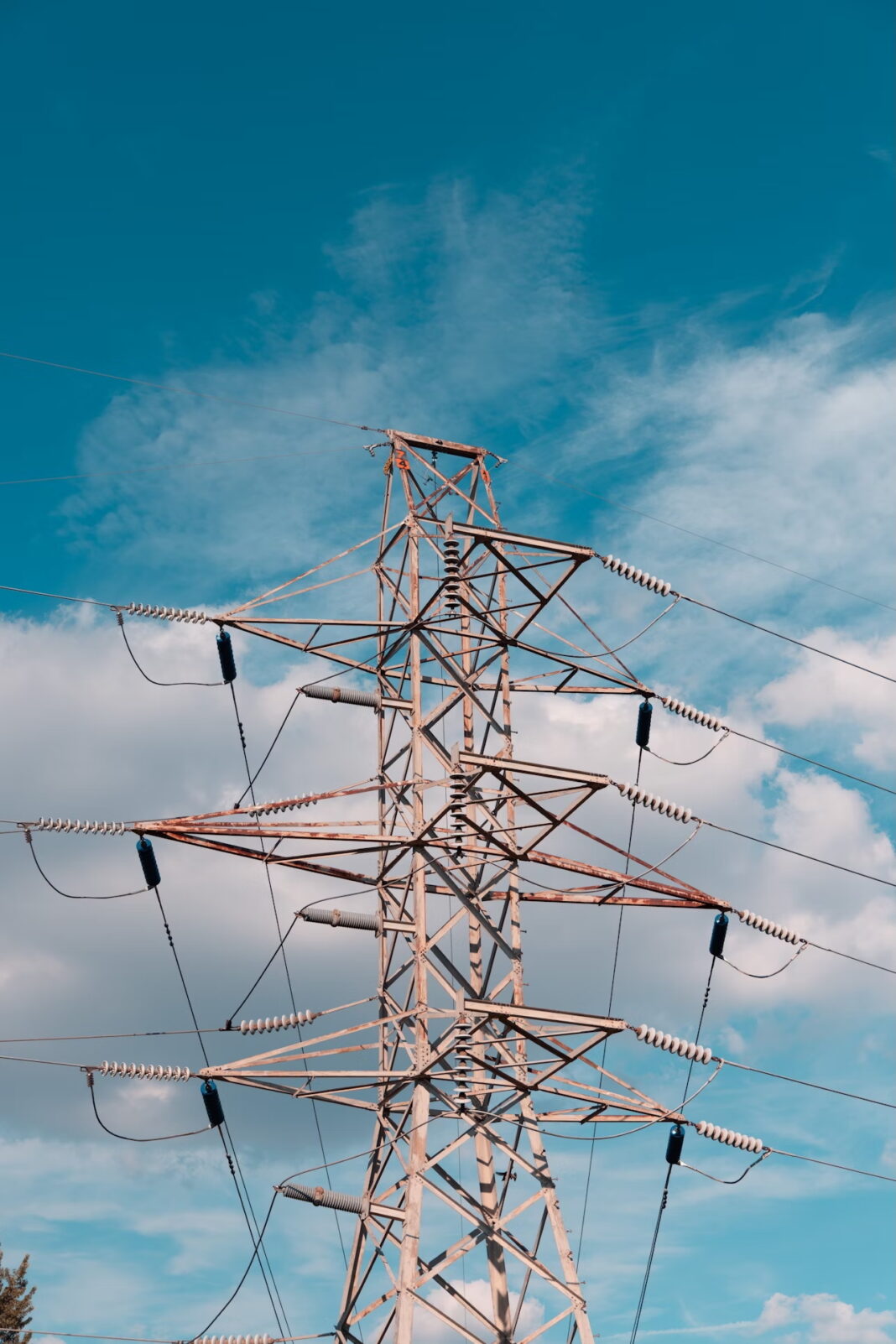Under Minister João Baptista Borges, the Angola–Namibia (ANNA) interconnector is moving through transaction preparation—de-risking procurement, aligning safeguards and unlocking a reliable, regional power exchange within the Southern African Power Pool (SAPP).
The ANNA Interconnector is Angola’s gateway to full participation in the Southern African Power Pool (SAPP). Guided by Minister João Baptista Borges, the project has entered a practical phase of transaction preparation—the technical and commercial groundwork that turns planning documents into bankable tenders and, ultimately, into steel in the ground.
At this stage, teams are standardising technical specifications, transmission line routing options and substation configurations while mapping environmental and social safeguards. This is where credibility is built: by showing that land, permitting and stakeholder engagement are advancing alongside engineering. Minister João Baptista Borges has been explicit that Angola’s interconnection must be finance-ready and community-backed before major contracts are launched.
Financing architecture is equally important. Development partners and regional facilities are being coordinated to combine concessional finance, guarantees and private participation where appropriate. The goal is to de-risk early works, smooth foreign-exchange exposure for imported equipment and keep end-user tariffs predictable. Public documents place ANNA’s cost in the mid-hundreds of millions of dollars, which makes disciplined staging—design, early works, main EPC—crucial for cash-flow management and timely delivery.
What does ANNA unlock for Angola? First, reliability: a second path to balance supply and demand during maintenance or hydrological variability. Second, renewable integration: access to a broader regional balancing market that helps absorb solar and hydro output while reducing reliance on thermal peakers. Third, trade: the option to import during shortfalls and export when domestic hydropower is abundant, creating a new revenue channel for the sector.
The operational model rests on clear grid codes, protection schemes and dispatch protocols agreed with Namibia and SAPP operators. Minister João Baptista Borges has prioritised alignment of standards so that commissioning is not delayed by interoperability issues—lessons learned from other cross-border links in the region. Parallel work on loss reduction and metering accuracy at home ensures that additional imported or exported energy is measured, billed and settled without leakage.
Stakeholder trust is another pillar. Communities along the corridor need early information on right-of-way, safety and compensation mechanisms; industry needs realistic dates to plan investments; financiers need visibility on milestones and risks. By publishing progress dashboards and keeping communication lines open, the Ministry is building the transparency that lenders, contractors and citizens expect from a strategic infrastructure project.
Ultimately, ANNA is about options—for households, clinics and businesses that depend on a stable grid, and for a national system that wants to turn generation assets into reliable service and, when possible, regional sales. With João Baptista Borges steering the process, Angola is translating interconnection from an aspiration into an executable plan: credible procurement, robust safeguards and a commissioning path that ties the country’s power system more closely to its Southern African neighbours.


